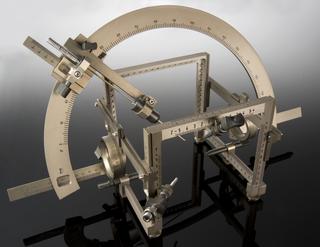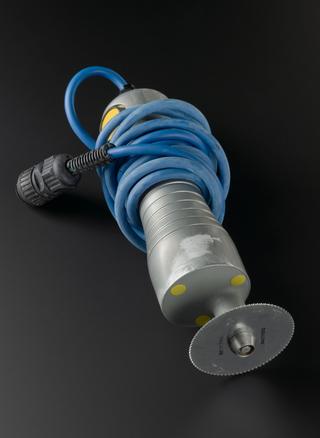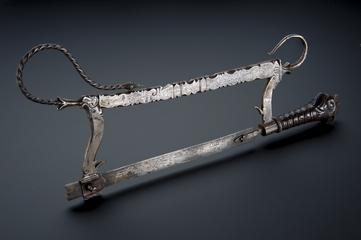
Surgical dressing substitute, Europe, 1914-1918
- Made:
- 1914-1918
Roll of petticoat cotton surgical dressing substitute, First World War, 1914-1918.
During the First World War, there was a great demand for surgical dressings. At one time demand outstripped the supply and therefore any spare materials were used as dressings. The greatest shortages developed in Germany after an effective naval blockade prevented supplies of materials reaching German ports. Surgical dressing substitutes were made from a range of textiles, including curtains, cotton muslin and cotton used for petticoats.
Perhaps the most unusual material in this group is sphagnum moss. It was first used on a large scale by the Japanese during the Russo-Japanese War (1904-1905). Sphagnum was actually an ideal material as it was good for absorbing and keeping hold of liquids, and it had a cooling and soothing effect. Most importantly sphagnum had antiseptic properties which would help prevent infection and gangrene.
Details
- Category:
- Surgery
- Collection:
- Sir Henry Wellcome's Museum Collection
- Object Number:
- A600306/2
- Materials:
- cotton (textile)
- Measurements:
-
overall: .38kg
moss: 52 mm x 85 mm x 76 mm, 0.12kg
petticoat: 110 mm 40 mm, 0.02kg
muslin: 105 mm 65 mm, 0.07kg
curtain: 94 mm 82 mm, 0.11kg
- type:
- surgical dressing



